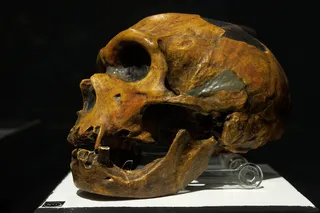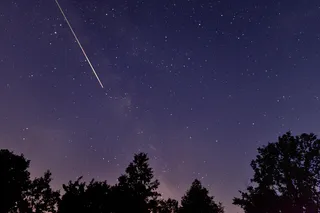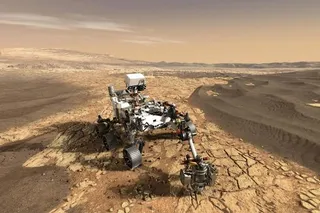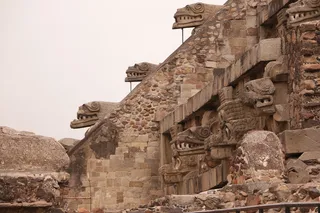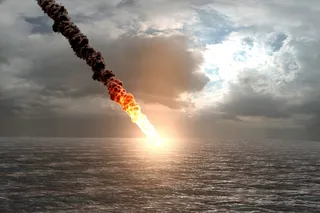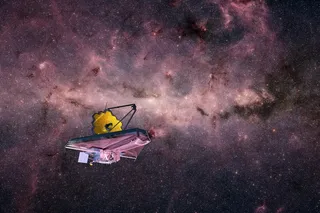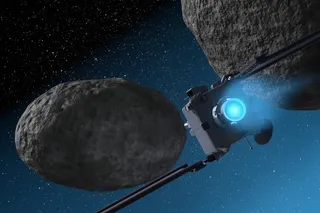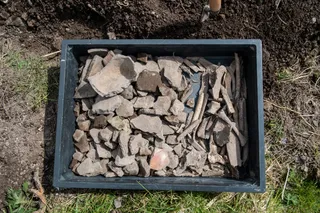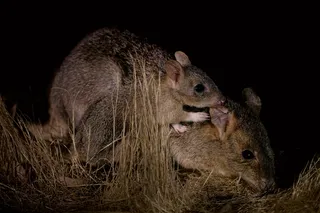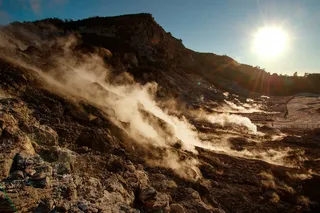The scene: A steaming volcano in the Andes. After 15 men on a research expedition descend into the caldera, flaming shards shoot into the sky. Six scientists die almost instantly in the blast. Glowing rocks set the team leader's clothes on fire, batter his skull, and nearly shear off his right foot. Two horrified female scientists rush from the volcano's flanks and daringly descend into the inferno to rescue survivors. In the aftermath, there are muted rumors that the team should never have been on the mountain.
The 1993 eruption of Colombia's Galeras volcano was a disaster, and just the sort of event that spells dollars to publishers. With the public snapping up books about climbers stranded on Mt. Everest and sailors lost in a ferocious Atlantic storm, could a tale of scientists blown apart by an Andean volcano be anything but a surefire hit? After all, there's danger, heroism, ...



